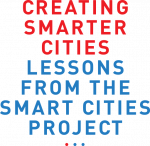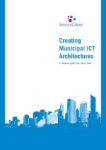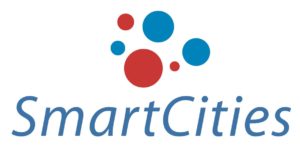
LIKE! has been developing new ways for cities and communities to use data – to design and deliver better services, and to make better policy decisions for communities.
The ‘Creating Digital DNA’ work in LIKE! has focused on 3 areas: 1) Digital dashboards, 2) Local data for local services, and 3) the Internet of things (IoT).

Like! aims to significantly enhance the capacity of the public sector to facilitate and deliver innovation, resulting in the development of a wide range of services using innovative solutions to deliver better public services.

I spent three years managing the Smart Cities Academic Network, which was set up to provide support to the Smart Cities Project. This case study summarises the SCAN approach and identifies the key outcomes.

Smart Cities prioritised improving customer services, adopting user profiling in service design/deliver, and exploring the potential of wireless services.
The project used a combination of co-design, targeted academic research, and mainstreaming/public engagement approaches to deliver high-impact and high-profile results that were used to make cities smarter across Europe.

The Smart Cities project brought together local authorities and academic partners from 13 cities in the North Sea region to develop and deliver better, more customer-focused electronic services. This booklet is a whistle-stop tour of the main findings and conclusions

Cities are working hard to become more customer-driven, and to change how they deliver services to respond better to their customers’ demands. This guide is an introduction to creating a customer contact centre, part of a broader shift in channel and service delivery strategies.

Customer Profiling and Customer Insight are key tools for cities to use to deliver better, more targeted and more effective services. This guide explains how to use these techniques.

E-government requires e-services, delivered by automated business processes and supported by information and communication technologies (ICT). The design and delivery of these services can be clarified and supported by using business architectures, information systems architectures, and technology architectures – along with the design and organisational processes used to produce these frameworks.

The Common Process Model has been developed to help you identify, measure and improve the performance of business processes.

8 case studies on how cities in northern Europe have developed their web sites, plus a comprehensive overview of different approaches to city website development.

Geographical Information Systems can be used by cities in a range of ways to deliver smarter services – these are the key lessons from the Smart Cities Project.
The Smart Cities Academic Network developed a systemic, accessible approach to knowledge production and dissemination that was designed to accelerate the development of e-services and e-government in Europe.














